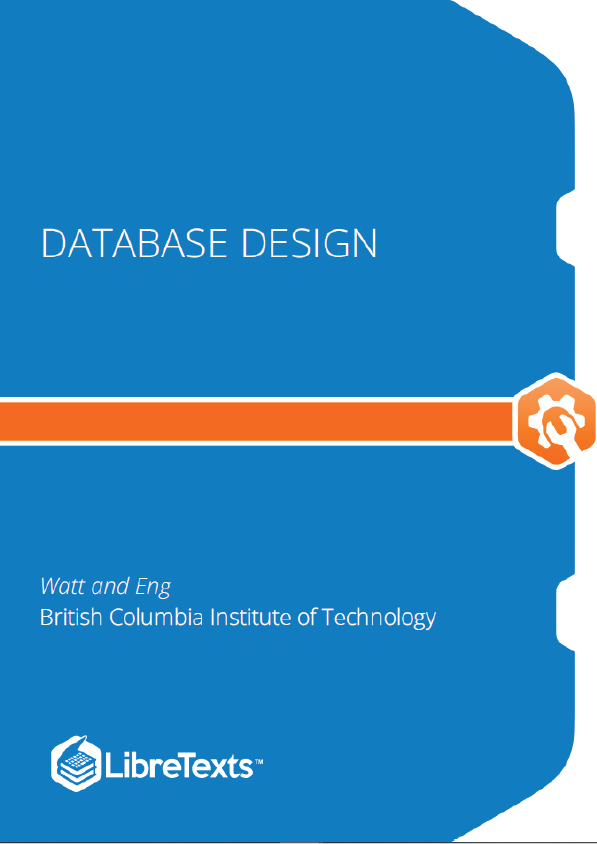The way in which computers manage data has come a long way over the last few decades. Today’s users take for granted the many benefits found in a database system. However, it wasn’t that long ago that computers relied on a much less elegant and costly approach to data management called the file-based system.
File-based System
One way to keep information on a computer is to store it in permanent files. A company system has a number of application programs; each of them is designed to manipulate data files. These application programs have been written at the request of the users in the organization. New applications are added to the system as the need arises. The system just described is called the file based system.
Consider a traditional banking system that uses the file-based system to manage the organization’s data shown in Figure 1.1. As we can see, there are different departments in the bank. Each has its own applications that manage and manipulate different data files. For banking systems, the programs may be used to debit or credit an account, find the balance of an account, add a new mortgage loan and generate monthly statements.
Database Approach
The difficulties that arise from using the file-based system have prompted the development of a new approach in managing large amounts of organizational information called the database approach.
Databases and database technology play an important role in most areas where computers are used, including business, education and medicine. To understand the fundamentals of database systems, we will start by introducing some basic concepts in this area.
Role of databases in business
Everybody uses a database in some way, even if it is just to store information about their friends and family. That data might be written down or stored in a computer by using a word-processing program or it could be saved in a spreadsheet. However, the best way to store data is by using database management software. This is a powerful software tool that allows you to store, manipulate and retrieve data in a variety of different ways.
Most companies keep track of customer information by storing it in a database. This data may include customers, employees, products, orders or anything else that assists the business with its operations.
The meaning of data Data
are factual information such as measurements or statistics about objects and concepts. We use data for discussions or as part of a calculation. Data can be a person, a place, an event, an action or any one of a number of things. A single fact is an element of data, or a data element.
If data are information and information is what we are in the business of working with, you can start to see where you might be storing it. Data can be stored in:
- Filing cabinets
- Spreadsheets
- Folders
- Ledgers
- Lists
- Piles of papers on your desk











